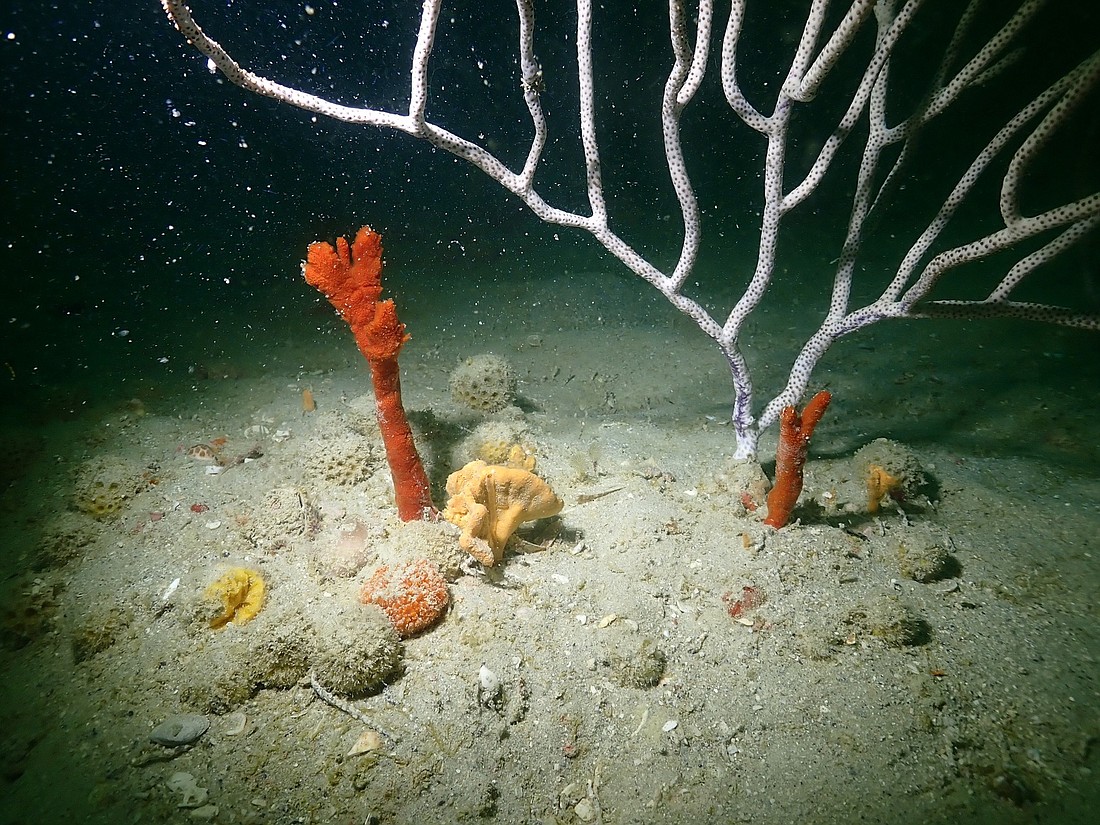- December 15, 2025
-
-
Loading

Loading

The damage Hurricane Ian caused goes beyond what we can see on land. Consider The Water School at Florida Gulf Coast University in Fort Myers.